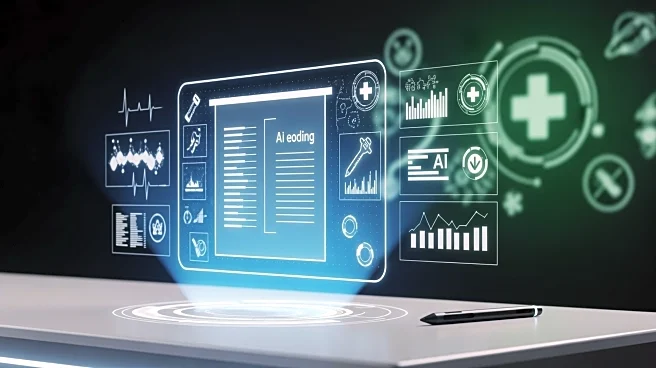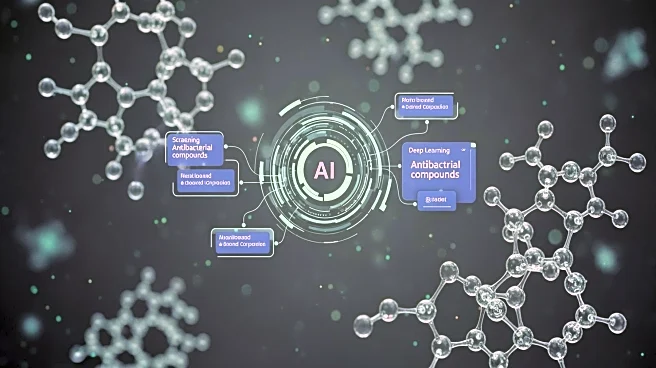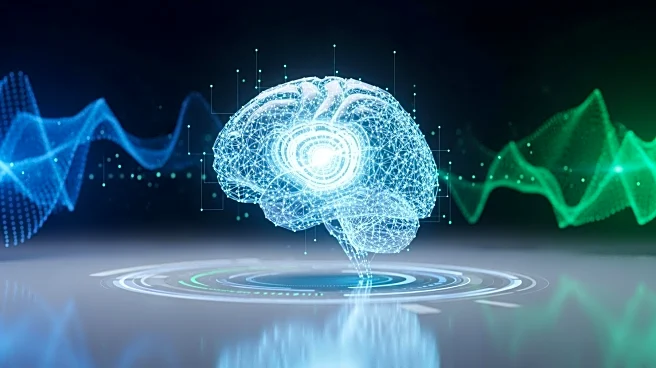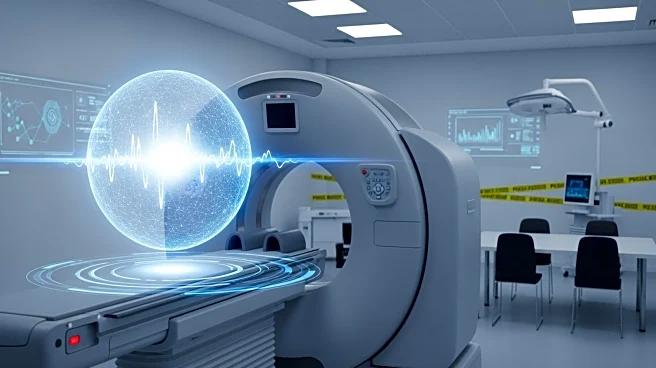What's Happening?
The article discusses the evolution of autonomous AI coding systems in the healthcare industry, particularly focusing on their ability to provide transparent documentation trails. Initially, autonomous AI coding was met with skepticism due to its inability
to explain coding decisions clearly. However, advancements in neuro-symbolic AI have led to systems that can now offer complete evidence trails, linking healthcare codes directly to documented medical records. This development is crucial for compliance with regulatory requirements, as it allows healthcare providers to defend their coding decisions during audits. The article highlights the importance of transparency in AI systems, emphasizing that the ability to show a clear evidence trail is essential for reducing liability and enhancing coding accuracy.
Why It's Important?
The significance of this development lies in its potential to transform the healthcare industry's approach to coding and compliance. By providing transparent documentation, AI systems can help healthcare providers avoid financial exposure during audits, which is a critical concern given the regulatory uncertainties in the industry. The ability to scale expertise through AI without compromising on documentation quality can lead to increased efficiency and reduced costs for healthcare providers. This shift towards explainable AI systems is particularly important as the industry faces growing demands for accurate and defensible coding practices. The adoption of such technology could lead to improved patient care and streamlined operations, benefiting both providers and patients.
What's Next?
As healthcare providers plan for 2026, the focus will likely be on integrating AI systems that offer transparency and scalability. Providers will need to evaluate AI solutions based on their ability to provide clear evidence trails and support compliance requirements. The article suggests that healthcare organizations should prioritize systems that can demonstrate their coding decisions and withstand audits. This approach will be crucial as regulatory environments continue to evolve, requiring providers to adapt quickly to new rules. The emphasis on explainability in AI systems is expected to drive further innovation in the field, potentially leading to more widespread adoption of autonomous coding technologies.
Beyond the Headlines
The deeper implications of this development include potential shifts in the healthcare industry's approach to technology adoption and compliance. The move towards explainable AI systems could set new standards for transparency and accountability in medical coding, influencing regulatory policies and industry practices. Additionally, the integration of such technology may lead to ethical considerations regarding the role of AI in healthcare decision-making, particularly in balancing automation with human expertise. As AI systems become more prevalent, the industry may need to address concerns related to data privacy and the ethical use of AI in patient care.













